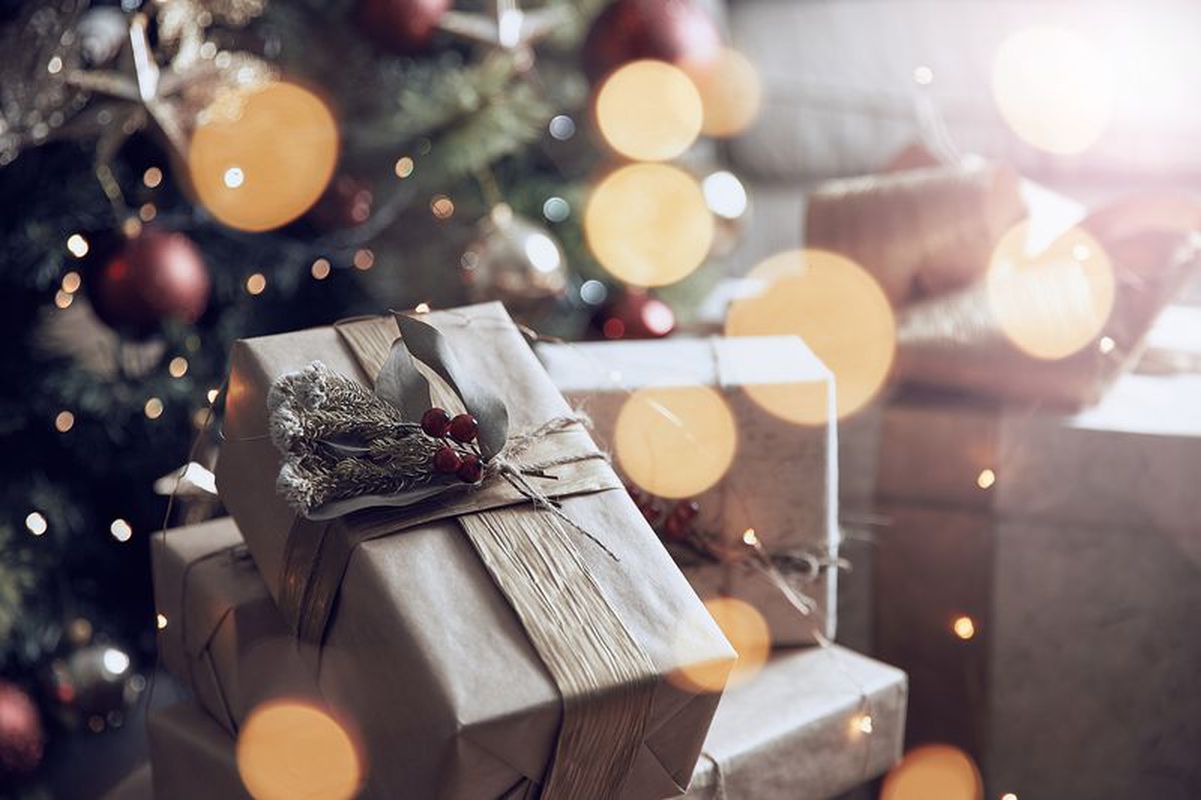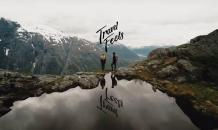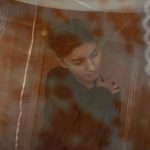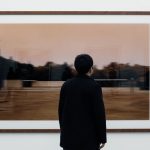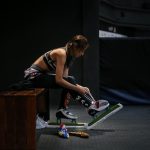Sometimes confused with the blur itself, bokeh refers to the visual quality of the out-of-focus parts of a photo rendered by a camera lens. When done right, bokeh helps to make the subject the centre of focus, but it has also become a trend to use bokeh for purely aesthetic purposes. Here’s a quick look at five bokeh trends from 2017 to help you … focus on what you’re doing.
Related: Non-photographers guess photography terms
5 Bokeh Trends from 2017
#1 Heart bokeh
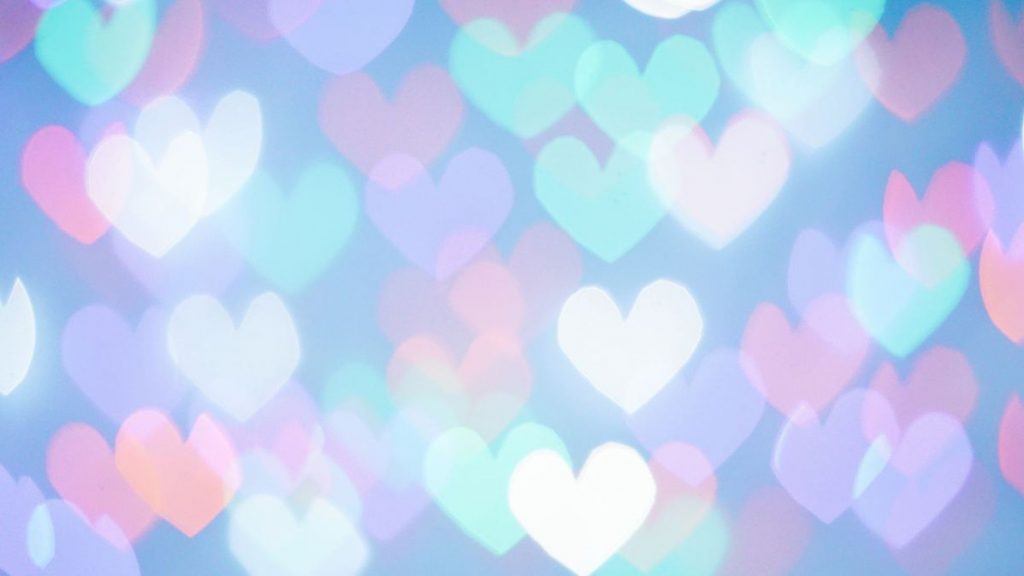
Nataya Suwankul/PIXERF
Probably most fashionable every February, heart bokehs are achieved by using a lens filter with a heart shape cut out in the middle. These filters are easy to create with black cardboard, and are used with a prime lens with a large aperture. This effect can be great if you’re steering away from framing a Valentine’s-themed photo without a subject holding a bouquet (not a bokeh) of flowers.
#2 Cream cheese bokeh
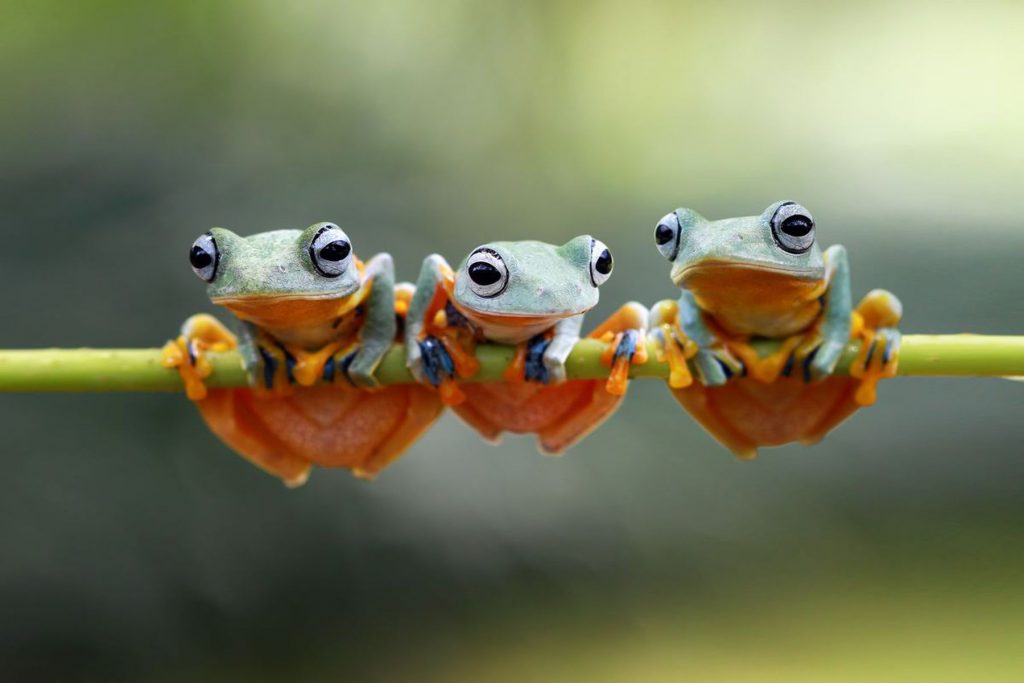
Kurit Afsheen/PIXERF
Nicknamed because of their smooth blurring, cream cheese bokehs create a sort of gradient effect and are often used in portraits. This gives the background a washed blur that’s easy on the eye and makes the subject stand out.
#3 Minimal bokeh
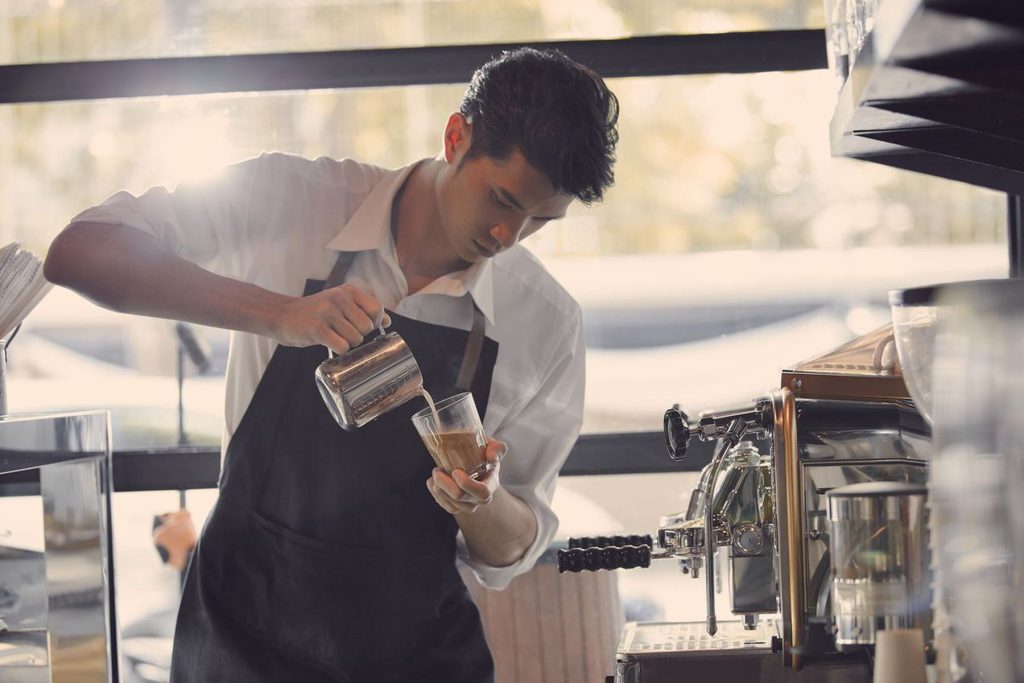
Kenny P/PIXERF
Somewhat rougher than a cream cheese bokeh in the sense that it leaves distinctive circles at points of light, a minimal bokeh is effective when there’s a lot going on in the fore and middle ground. It emphasises depth while minimising focus on the background. This is great when you’re framing a subject while showing aspects of their environment.
#4 Hollywood bokeh
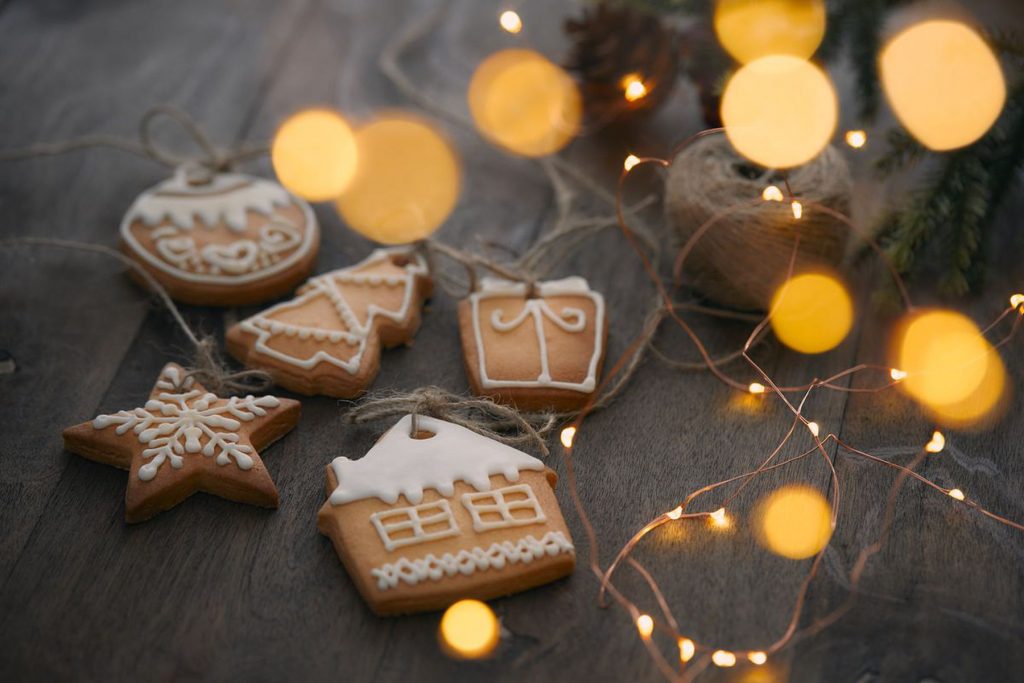
Kenny P/PIXERF
Akin to the blurry flashes of light celebrities see on the red carpet, Hollywood bokeh results in soft, round circles of light in the frame which are still distinct. More for aesthetics, this type of bokeh may not be as effective in making the subject the centre of focus, as these ‘light bubbles’ can be distracting. However, it’s handy when the frame doesn’t have obvious subjects or if you want to fill up negative space.
#5 Doughnut bokeh
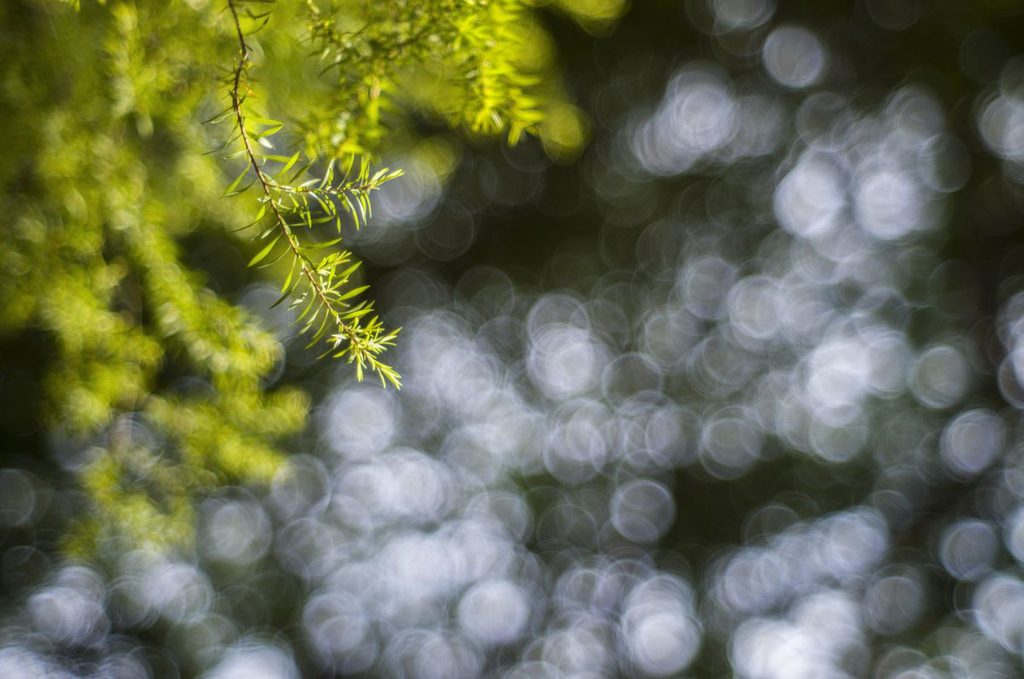
Eric Loh/PIXERF
A somewhat hit-or-miss bokeh effect, doughnuts are achieved by using a catadioptric or mirror lens. Somewhat like a telescope reflector, this type of lens produces a bokeh with the centre of each ‘light bubble’ blocked out. There’s a clear divide in the photography sphere with this one, but just like doughnuts of the edible variety, don’t go overboard with doughnut bokeh.
Yay or Nay?
Bokeh? Yay! As long as you use it in the right context, it shouldn’t take a negative turn. (Pun intended). Keep practicing and you’ll see what develops.

